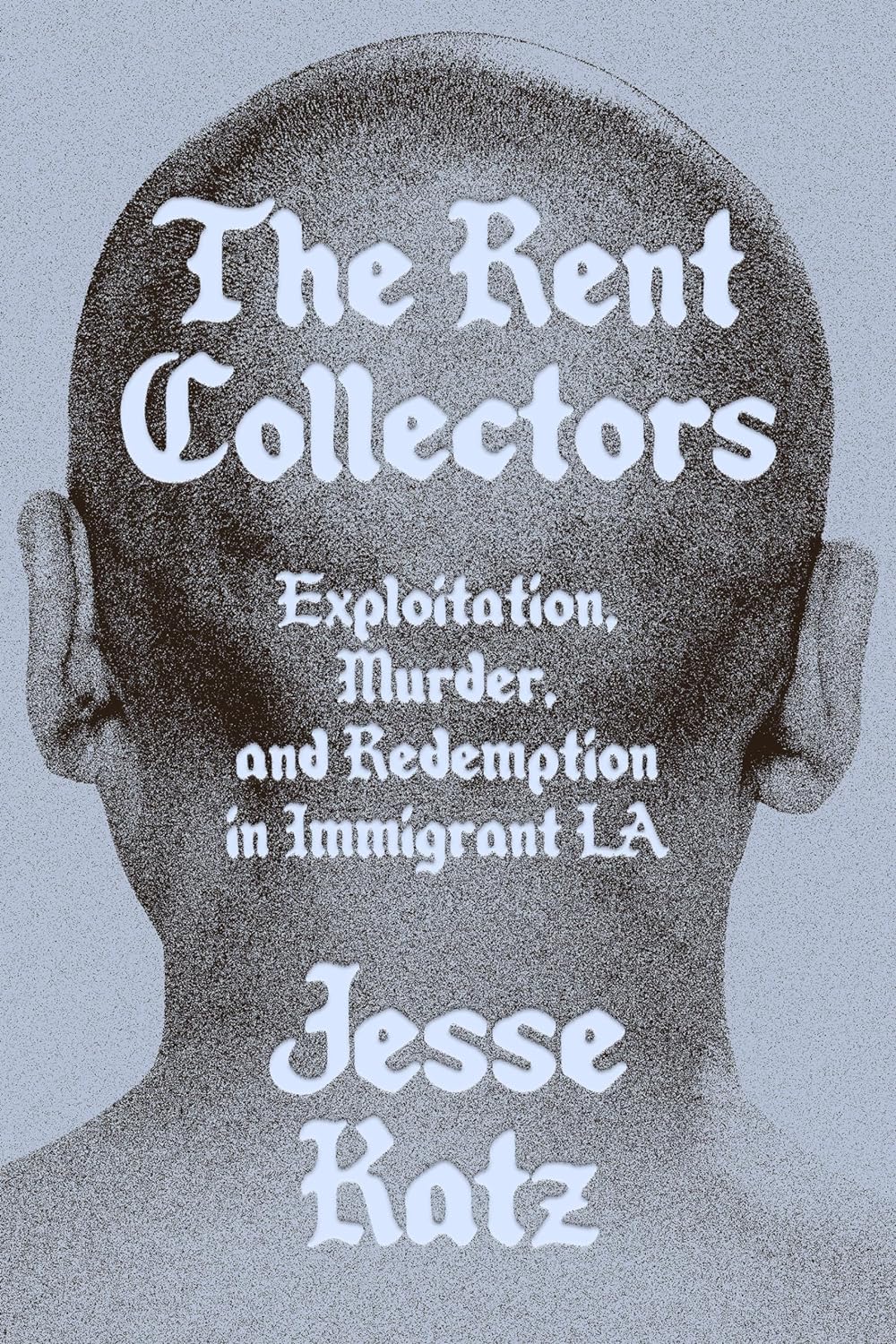A Reclamation
Emily Van Duyne
W. W. Norton & Company ($27.99)
by Nic Cavell
Emily Van Duyne’s Loving Sylvia Plath is a five-star act of reclamation, eschewing the densely plotted brilliance of Heather Clark’s 2020 biographical masterpiece Red Comet (Knopf) to prioritize a communicable ethic of care. This refreshing take encompasses not only a vision of Plath as stubbornly vital in the face of her violent partner, the British poet Ted Hughes, but also the memory of Assia Wevill, one of Hughes’s lovers who took her own life (and that of her four-year-old daughter Shura) in a largely forgotten act that came not long after Plath’s own highly publicized suicide. Plath would stand among the giants of twentieth century poetry regardless of her suicide, Van Duyne concludes, and her apparent rival was no demonic femme fatale but a wry woman with her own voice—the first successful translator of Israeli poet Yehuda Amichai and someone who toyed with the Lilith myth as a copywriter for a groundbreaking commercial in the 1960s.
Both women, who wore colorful dresses that marked them like movie stars in drab, midcentury London, found their final resting place in Hughes’s hometown of Heptonstall, West Yorkshire, on barren land known as Brontë country. Hughes, an enormously influential figure in literary circles, has controlled the narrative about both women even since his death, flattening them into totems in support of his own epic narrative—to the extent that repeated revelations of the intimate partner violence Plath and Wevill sustained have been submerged in myths about their obsession with death and the inevitability of their demise. Hughes was buried in the famed Poets’ Corner of Westminster Abbey. Plath’s partisans have made the trip to Heptonstall to regularly efface Hughes’s name from her headstone, one of the few acts of reclamation available to them outside the official narrative in the decades following her death. Van Duyne herself carved Wevill’s preferred epitaph in clay and placed it at the site where her ashes and Shura’s ashes were scattered, granting Wevill the words in memoriam that Hughes had denied her: “Here lies a lover of unreason and an exile.” Newly available letters and sharp archival work by Van Duyne and other scholars have led to reappraisals of both Plath and Wevill.
Hughes’s focus on the tyranny of the natural world in his poetry belied an interest in fascism that animated his friendship with the Nazi sympathizer Henry Williamson; he had dreams in which he imagined taking orders from Hitler to leave Plath. In a letter to her psychiatrist Ruth Beuscher, Plath wrote of being struck by Hughes just days before her miscarriage. Enduring the humiliation of Hughes’s infidelity, she later repurposed the images found in his own poems, including “The Thought-Fox,” when she wrote about burning his letters at their rural home in Devon, which she likened to letting the dogs loose on a fox: “This is what it is like— / A red burst and a cry.” Wevill, keen to Hughes’s mythologizing tendencies, wrote a tongue-in-cheek commercial for Sea Witch Hair Dye which featured men in suits arriving at an island paradise to confiscate the secrets of hair sorcery from the witches, who reveled in their stewardship of this natural resource: “Was this the real location of Eden? The banished descendants of Eve?” In fact, both women influenced Hughes’s poetry in their lifetimes.
Van Duyne, writing to set the record straight on Plath and Wevill, is well positioned to accomplish that task, being a survivor of intimate partner violence herself (she lived with an addict who threatened to take custody of her son, she writes, before absconding with the boy one day and never looking back). It was Plath’s poems and will to create a multitude of worlds as a mother, writer, and lover that gave her the strength to pursue a life of her own and eventually marry a supportive partner with whom she had two more children. Like Hughes, Van Duyne sees Plath as a totem important to her narrative—albeit one who inspires feelings of hope rather than depths of guilt.
The research for Van Duyne’s volume was funded by a Fulbright scholarship, and in the course of it, she serendipitously discovered Carmen Maria Machado’s In the Dream House (Graywolf Press, 2019). The book, in which Machado tackles queer intimate partner violence, presented Van Duyne with the revelation that although “the abused woman has certainly been around as long as human beings have been capable of psychological manipulation and interpersonal violence,” in recorded history she “did not exist until about fifty years ago.” Plath helped speak the archetype into existence with the help of feminists who championed her story and her groundbreaking second collection of poetry, Ariel (Harper & Row, 1965). Marital rape, however, has only been outlawed in the U.S. since 1993.
In retelling Plath’s story in ways that decode its violence, Van Duyne illuminates both the poet’s struggles and her own. Obscured so long by Ted Hughes’s own controlling narrative, the stories, intimacies, and revelations about Plath and Wevill in Loving Sylvia Plath deserve to be celebrated for their clear-eyed expansion of the living record of Van Duyne’s artistic forebears.
Click below to purchase this book through Bookshop and support your local independent bookstore:
Rain Taxi Online Edition Spring 2025 | © Rain Taxi, Inc. 2025


